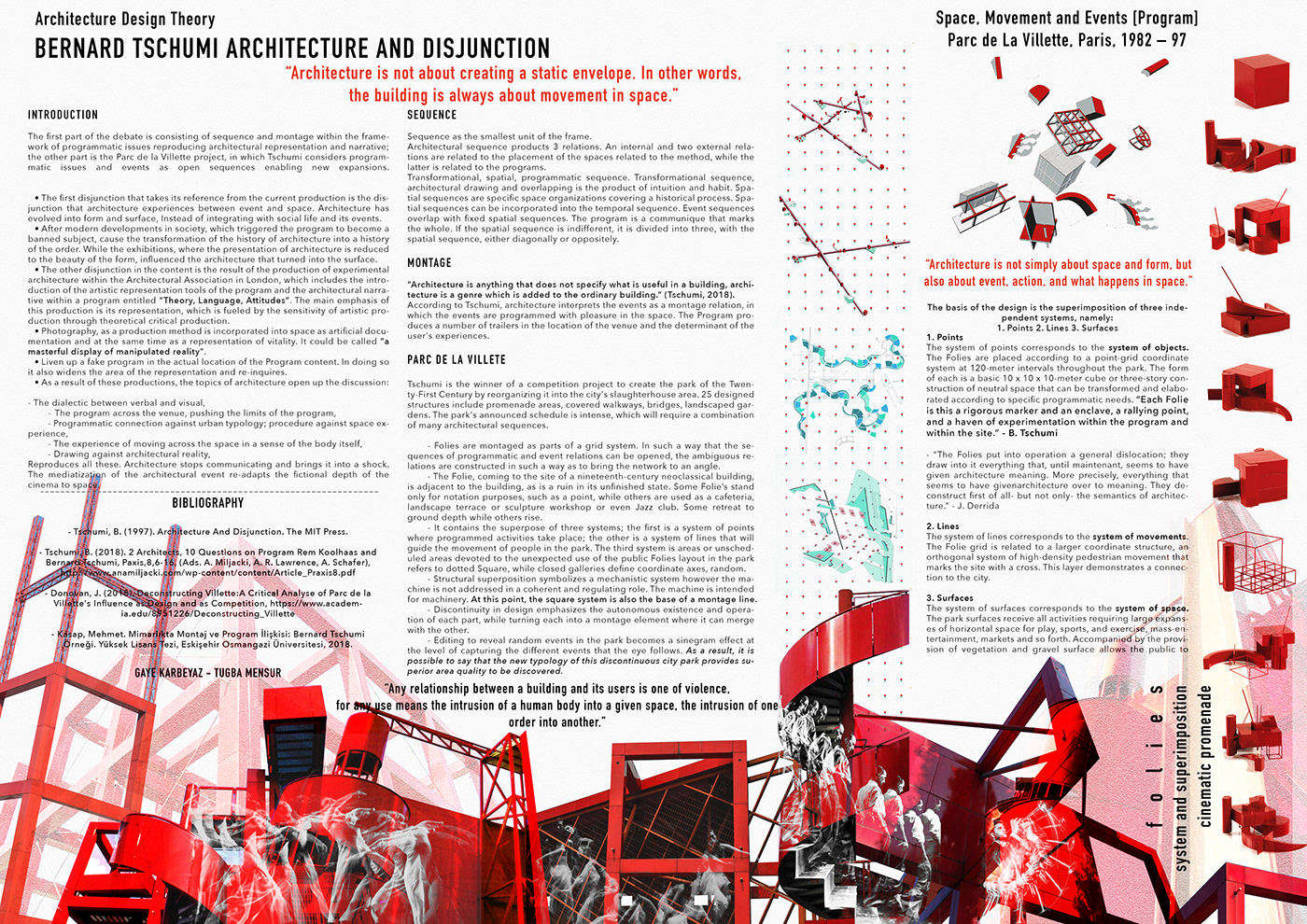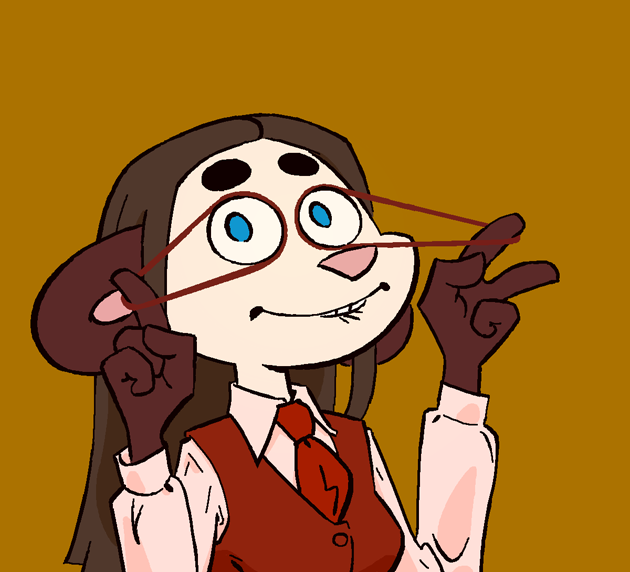
Architecture Design Theory* Posters ITU on Behance
Form Follows Fiction focuses on a generation of artists who can no longer follow the modernist dictum "form follows function"; as our model of reality becomes more layered and less concrete, that decree morphs inevitably into "form follows fiction." Some of these artists create structures that intersect with everyday life, while others.

Form follows fiction by Mondegreen Fur Affinity [dot] net
One architect who advocates strongly this power of integration of story and architecture is Bernard Tschumi, who is also renowned for editing the famous ' Form follows Function ' into 'Form follows fiction'.
Form follows Fiction 5 Astopia
What if we follow that line of inquiry that suggests that form follows fiction? That is the strand - amongst many others that emerge from Brandon Tay's solo exhibition Form and Agency at Yeo Workshop - which will guide this curatorial text. As a nod to the exhibition's title, my preoccupations will scope in - with as much restraint and/or.

form follows fiction(s) Leah Wulfman
Form Follows Fiction was conceived as a sequel to the 1992 exhibition Post Human, also curated by Jeffrey Deitch, which explored a new model of the human condition, pushing deep into the confusion between the artificial and the real. Genres Art 252 pages, Paperback First published February 15, 2002 Book details & editions About the author Amy Adler

Form Follows Fiction Art and Artists in Toronto
Form Follows Function | Facing Facts: Realism in American Thought and Culture, 1850-1920 | Oxford Academic Abstract. Realistic tendencies in fiction and art are relatively easy to document and describe. Architecture, however, is another matter. A building design is o Skip to Main Content Advertisement Search Menu Menu Navbar Search Filter

FORM FOLLOWS FICTION
The exhibition's very title, Form Follows Fiction, recalls the celebrated dictum of the American functionalist architect Louis Henry Sullivan, Form Follows Function, which declared the supremacy of utility over formal creativity in architecture, art and design. Today the roles appear to be reversed.

Form follows Fiction on Behance
Form Follows Fiction Ole Scheeren tells us about his 360-degree relationship with architecture, which he defines as "a matrix of hybrid narratives, from which to begin to construct the realities of the future" Redazione | 23 December 2019

Form follows Fiction Project Evermotion
When we were handed over a small booklet at the SYSTEM architect's office on a recent winter afternoon, the first thing that caught my attention was the phrase "form follows fiction." It was remarkable how ingeniously they adapted architect Louis H. Sullivan's renowned axiom "form follows function," which refers to the idea that a building's.

Form follows Fiction Laka Reacts
Share. . Image 4 of 6 from gallery of "Form Follows Fiction": An Interview with Ole Scheeren. Courtesy of OMA.

Form follows fiction ArtConnect
"Form Follows Fiction": An Interview with Ole Scheeren Written by Fernanda Castro Published on February 22, 2023 Share Captivated by cinematographic references and the narrative space, Ole.

Form Follows Fiction 1 on Behance
"Form follows fiction" Bernard Tschumi . The 19th and 20th centuries saw unprecedented urbanisation which necessitated radical proposals for re-writing the popular narrative of how life should be lived. One of these conditions - the birth of Modernism gave rise to Louis Sullivan's - 1. infamous dictum 'form [ever] follows function' 2

Form follows Fiction on Behance
Form follows function is a principle of design associated with late 19th- and early 20th-century architecture and industrial design in general, which states that the shape of a building or object should primarily relate to its intended function or purpose. Origins of the phrase

Form follows Fiction Laka Reacts
Form Follows Fiction. Swiss-born architect Bernard Tschumi is a master of form, open space, and curvature - an elegant designer of buildings that result in smooth, precise structures on the outside, and warmth and familiarity on the inside. He creates spaces that do not impose on their occupants; believing in the simplicity fine architecture.

Gallery of "Form Follows Fiction" An Interview with Ole Scheeren 5
"Form follows fiction" is a distortion of the familiar dictum of Modernist architecture: form follows function. According to this reformulation, art is not a mirror held up to the world. Rather, the world's form is prefigured by its articulation in artistic practice.

Form Follows Fiction 1 on Behance
In his TED Talk filmed at TEDGlobal London in September 2015, Ole Scheeren eschews what he describes as the "detrimental straightjacket" of the modernist mantra "form follows function" in favor.

Form Follows Fiction, MYLK Qobuz
Form Follows Fiction examines the increasing confusion between fact and fiction in contemporary art and contemporary life. As elements of contemporary life move closer to art, and as art moves more directly into life, the differences between the artificial and the real are becoming increasingly blurred. The exhibition focuses on a new.